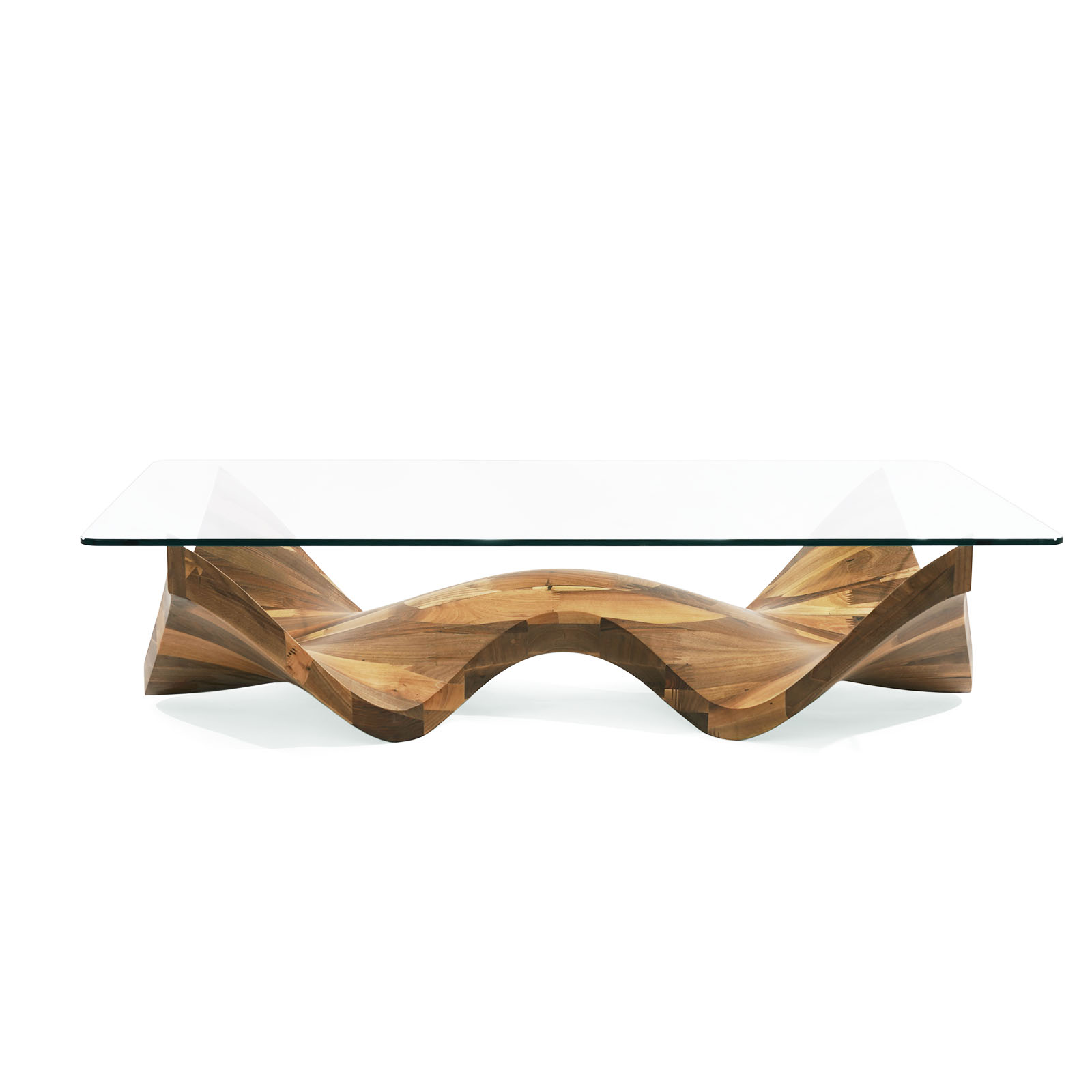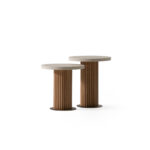Cartilla Coffee Table
$2,349.00
The Cartilla Luxury Solid Walnut Wood Coffee Table is beautifully complex. This stylish abstract coffee table has an intricate structural base that is sure to wow. perfect for a mid-century, modern, or contemporary home, this piece elevates any space.
Sold Out - Contact us for backorder
Description / Pictures +
Cartilla Luxury Coffee Table
The Cartilla Luxury Solid Walnut Wood Coffee Table is beautifully complex. This stylish abstract coffee table has an intricate structural base that is sure to wow. perfect for a mid-century, modern, or contemporary home, this piece elevates any space.
Walnut
The Colors of Walnut Wood
The colors found in walnut wood vary depending on what part of the tree the wood is from. The sapwood of the tree is the outermost part of the tree. In a walnut tree, the sapwood colors include pale yellow and gray to almost a rich white. The heartwood of the tree is the innermost part of the tree. In a walnut tree, the heartwood gets down to the nitty gritty with rich colors that include a range of dark browns and light browns with some purplish hues, grays, reddish rays, and dark streaks included.
Characteristics and Qualities of Walnut Wood
- Stable and hard
- Strong and durable, yet not heavy
- Dense with good shock resistance
- Easy to work with for turning and carving
- Nails and glues well
- Exhibits good bending qualities
- Finishes well
- A fine, fairly straight grain
- Resistant to decay
- Displays unique colors
- Unique grain characteristics make it popular
Is Walnut a Good Wood for Furniture?
- Often used for formal furniture and executive office furniture
- Often finished in a dark or natural stain to complement its dark shades
- It’s a hard wood and valued for its strength, grain and color
- Offers a very smooth finish
Polyurethane paint
The major advantage of utilizing a PU polish is that it is resistant to stress and has high scratch resistance. PU polish has the ability to withstand wear and tear. Polyurethane-polished wood does not quickly wear away. PU polish is cost-effective as compared to Lamination Finish.
Advantages of PU coating / PU Polishing
- PU polish is a medium-range polish with a multitude of shine options. It is on a variety of materials other than wood, such as metallic and non-ferrous surfaces. The Polyurethane polish used on wood is a transparent polish that gives natural wood a lustrous sheen.
- Polyurethane polishes will give the woodwork or veneer work a glossy look.
- Feature a high water resistance, ensuring that liquids do not harm the surface.
- PU Wood polish has longer durability than Melamine.
- Furthermore, water-based PU polishes are a renewable source that does not affect the environment.
- Some finishes, such as oil-soluble polishes, must be handled with caution, and eye protection is crucial while working.
- In Polyurethane polish, you can get many shades in color PU & there are two finishes available matt finish & Gloss Finish.
- In addition, a small number of coatings require to get the preferred result and appearance. Polishing with other materials, such as melamine, will necessitate additional coats to attain the desired look.
- The major advantage of utilizing a PU polish is that it is resistant to stress and has high scratch resistance.
- PU polish has the ability to withstand wear and tear. Polyurethane-polished wood does not quickly wear away.
- PU polish is cost-effective as compared to Lamination Finish.
- Over time, basic or normal wood polishes may be yellow. The PU polish will not turn yellow as soon as other polishes.
- After applying a layer of PU polish, it will dry quickly. Other polishes, on the other hand, may take hours to dry.
Reviews (0) +
Only logged in customers who have purchased this product may leave a review.












































Reviews
There are no reviews yet.